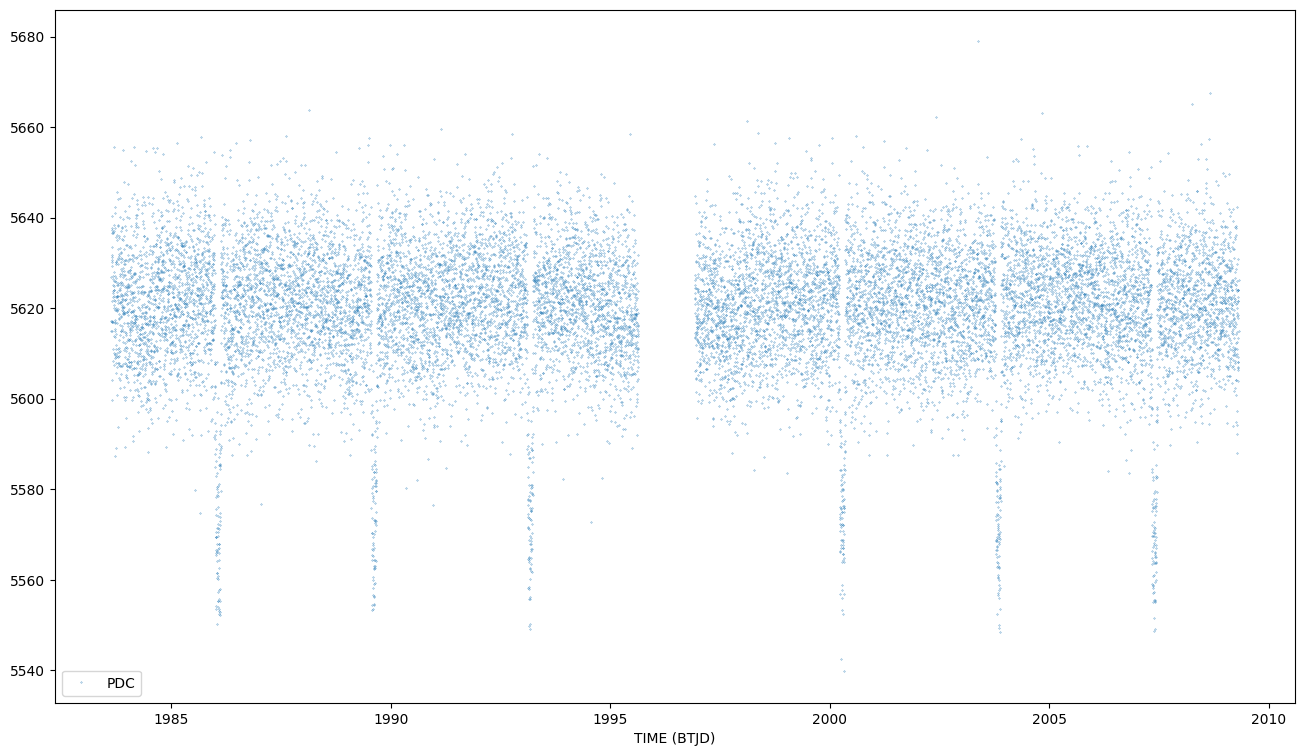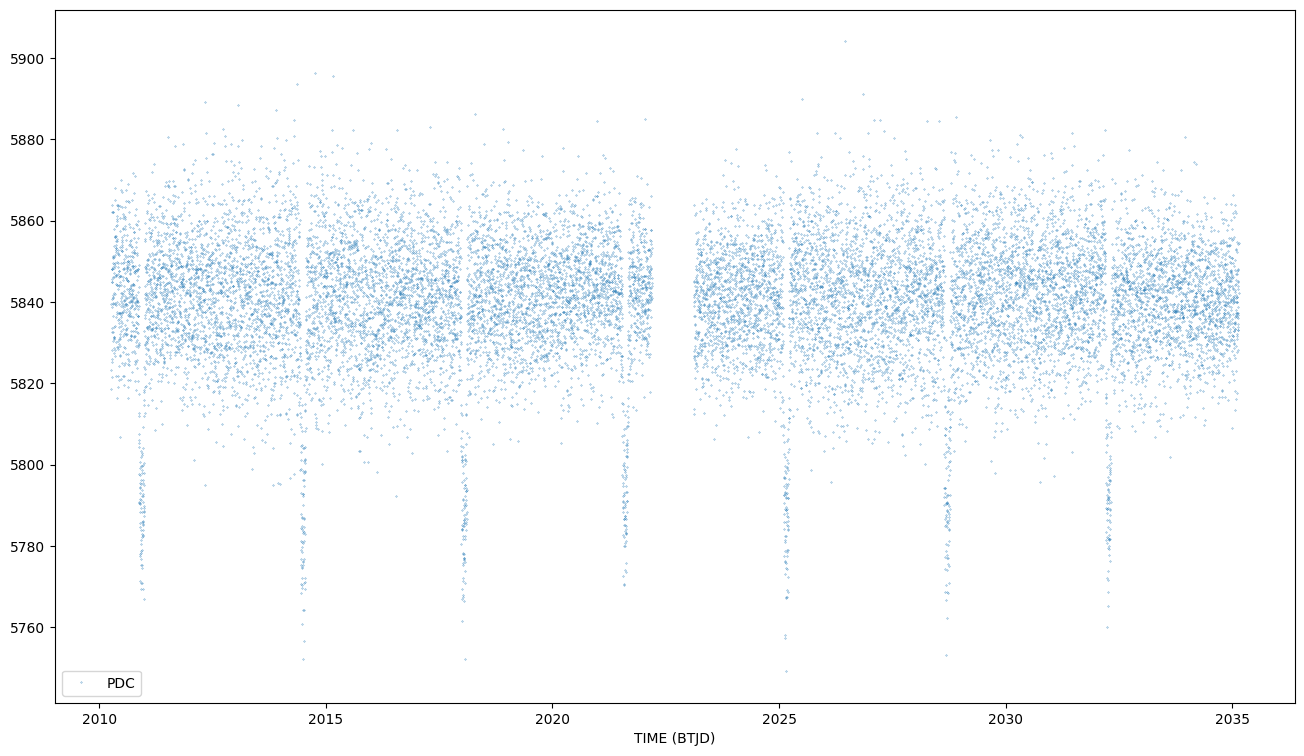 |
|
 |
|
NAME TrES-4 Parent Star
Stellar parameters and planets on the system
| Host Star: NAME TrES-4 Parent Star | NAME TrES-4 Parent Star System planets | |||||||||||||||||||||||||||||||||||||||||
|---|---|---|---|---|---|---|---|---|---|---|---|---|---|---|---|---|---|---|---|---|---|---|---|---|---|---|---|---|---|---|---|---|---|---|---|---|---|---|---|---|---|---|
|
|
Photometric data catalogues and tools:
There is no LIGHTCURVE FITS file for this observation on Tess Archives
Auxiliary Products:
Plot from LIGHTCURVE FITS file

Auxiliary Products:
Plot from LIGHTCURVE FITS file

Auxiliary Products:
Spectroscopic data catalogues:
|
La Palma, CAHA, Keck, ESO archives |
TrES-4 b
Planet parameters
| Planet Name | Planet Mass | Planet Radius | Semi Major Axis | Orbital Period | Eccentricity | Inclination | Tidally Locked | Angular Distance | Primary Transit Source (JD) | Calculated Planet Temperature(K) | Molecules | Star Distance |
|---|---|---|---|---|---|---|---|---|---|---|---|---|
| TrES-4 b | 0.917 | 1.706 | 0.05084 | 3.5539268 | 0 | 82.81 | 0.000106 | 2454230.90524 | 0 | 479 |
Direct access and visualization for NASA archive
SHOW ERRORBARS Y/N
| Ref | Type | Facility | Instrum. | Npt | Comments |
| Ranjan et al. 2014 | spec | Hubble Space Telescope satellite | WFC3 | 10 | RANJAN ET AL 2014 We probe the structure and composition of the atmospheres of 5 hot Jupiter exoplanets using the Hubble Space Telescope Wide Field Camera 3 (WFC3) instrument. We use the G141 grism (1.1-1.7 microns) to study TrES-2b, TrES-4b, and CoRoT-1b in transit, TrES-3b in secondary eclipse, and WASP-4b in both. This wavelength region includes a predicted absorption feature from water at 1.4 microns, which we expect to be non degenerate with the other molecules that are likely to be abundant for hydrocarbon-poor (e.g. solar composition) hot Jupiter atmospheres. We divide our wavelength regions into 10 bins. For each bin we produce a spectrophotometric light curve spanning the time of transit and/or eclipse. We correct these light curves for instrumental systematics without reference to an instrument model. |
| Exoplanets-A (CASCADe) | spec | HST | WFC3 | 25 | Exoplanets-A reduction CASCADE v. 1.0.0 Created:2021_2_28:10_45_31 Obs.Type:transit |
| Transit models (Exoplanets-A: CASCADe reduction): |